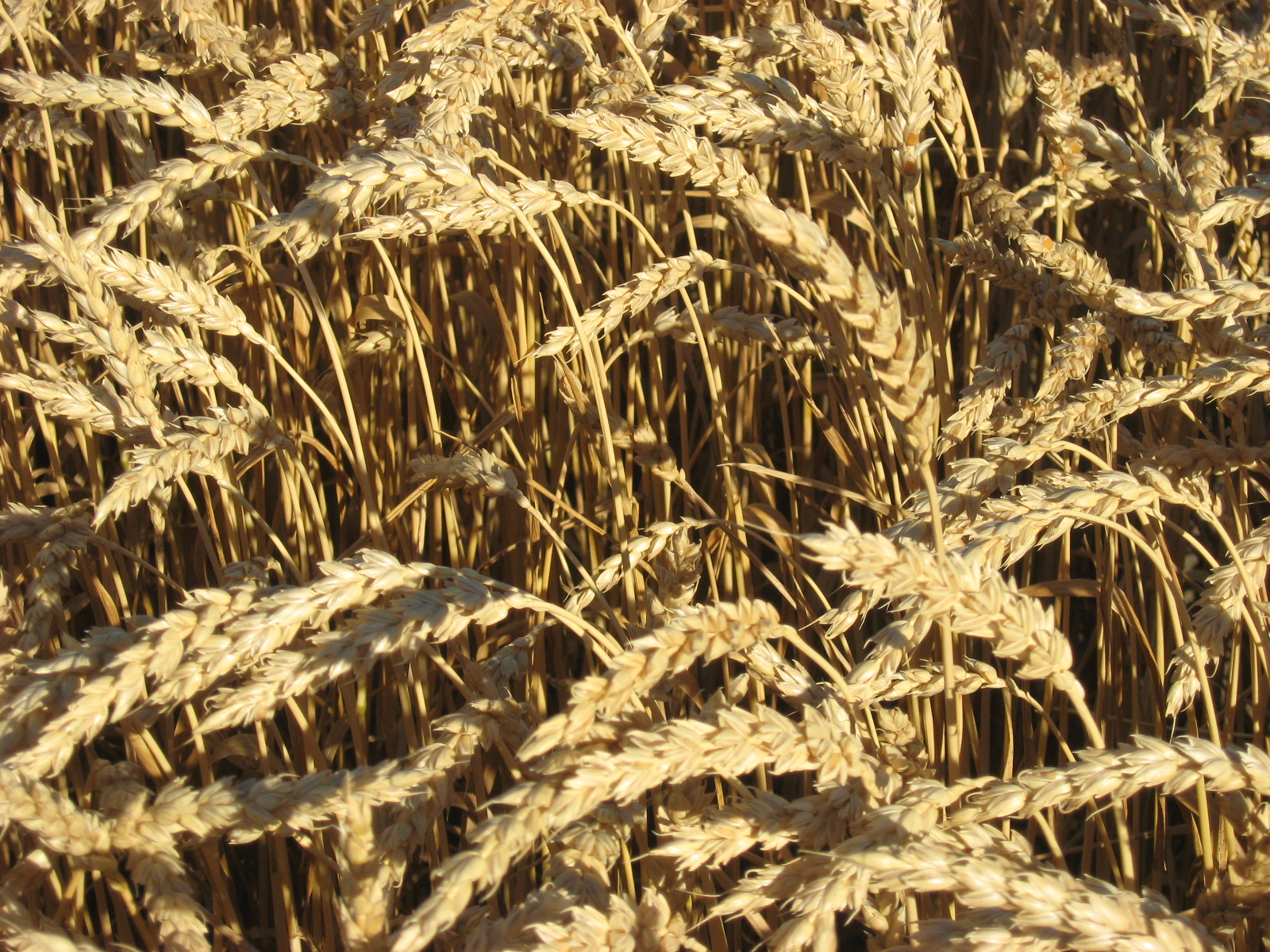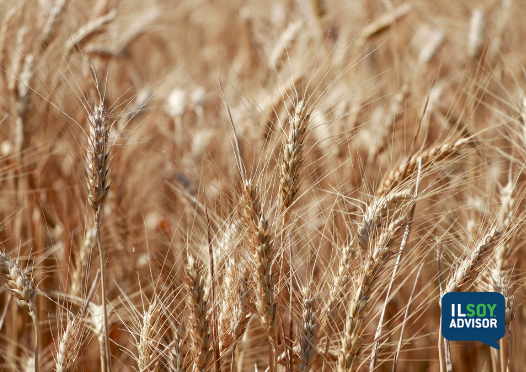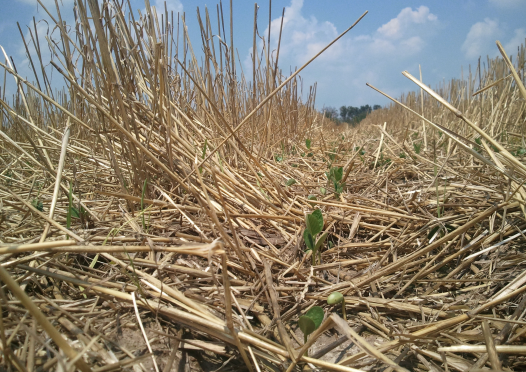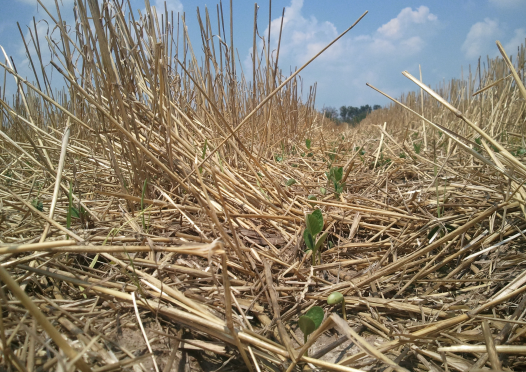ILSOYADVISOR POST
Doubling Down on Double-Crop
Soil Health Action Plan:
- Crop rotation is an important piece of David Droste’s nutrient management plan
- Wheat, cover crops and no-till practices help preserve nutrients and soil
- Data helps make smarter management decisions
Sometimes called “Little Egypt,” Washington County is the number one Illinois county for producing wheat—also a crucial crop in the country of Egypt. It’s only fitting that Washington County is home to David Droste and his family, since wheat plays an important role in Droste’s sustainable cropping strategies.
Double-crop or Cover Crop

“Wheat gives us versatility in our crop rotation, which is important to the health of the crop as well as the soil,” Droste says.
On acres intended for corn, Droste uses traditional cover crop options including cereal rye and radishes, which feature deep tap roots to help water infiltrate the soil. Cereal rye is easier to manage and terminate than annual rye, and Droste is careful to not cross contaminate his wheat and rye acres.
Droste pairs cover crops with no-till practices to help preserve soil and nutrients.
Technology Limits Loss
Used in conjunction with best management practices, technology tools help limit nutrient loss on Droste’s operation. Over the past several years, he has placed weather stations across his fields to monitor temperature and precipitation. This helps him more accurately feed crops nutrients and manage irrigation.
This weather data helps Droste make application decisions that limit runoff and help him get more bang for his buck with his nutrient purchases. The operation is in the process of moving all of their data to the cloud so that it is easier to track and decisions can be made in real-time, right in the field.
Data is then used to write specific fertilizer prescriptions and technology like GPS-assisted tractors and precision planting can pinpoint exactly when and where fertilizer should be applied.
Droste’s daughter and son-in-law have returned to the farm and as the fifth generation, they are looking at other technologies that can help the farm be more efficient, profitable and sustainable for the future. Droste is excited to see what innovative technology the farm will choose to incorporate next.
“There have been a lot of technological innovations in agriculture,” Droste says. “By monitoring weather we make better decisions on when and where to apply nutrients, which helps us reach our yield goals and be more efficient with our applications and purchases—in the end making us more profitable and sustainable.





Comments
Add new comment